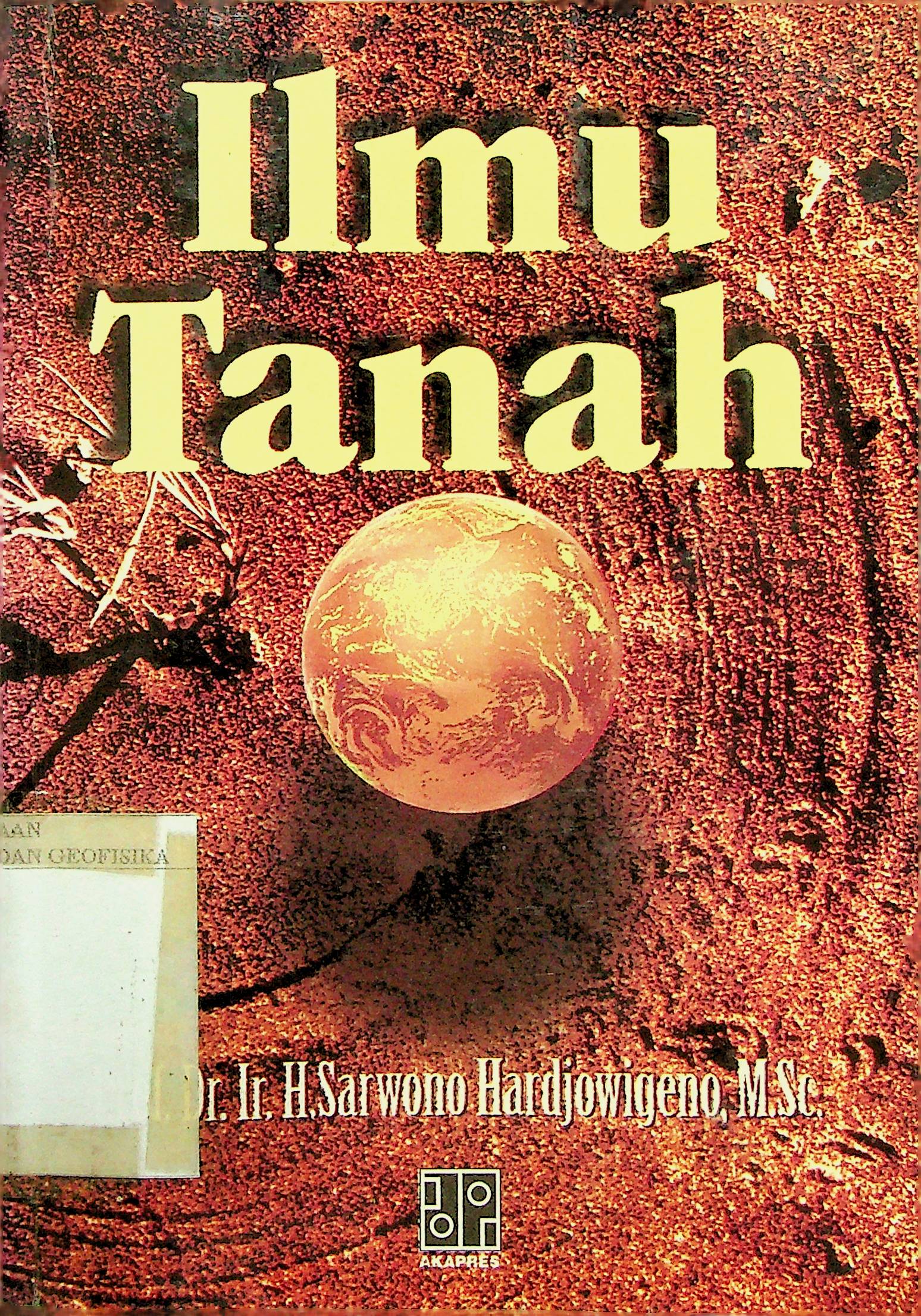Wave breaking is a fascinating object to watch and to research. Wind-generated waves are the most prominent feature of the ocean surface, and so are breaking waves manifested by sporadic whitecaps on the wavy surfaces of oceans and lakes. The breaking is so apparent that one does not need to be an oceanographer to have an opinion on what it is and how it works.Such breaking, however, represents one of the most interesting and most challenging problems for both fluid mechanics and physical oceanography. It is an intermittent random process, very fast by comparison with other processes in the wave system. The distribution of wave breaking on the water surface is not continuous, but its role in maintaining the energy balance within the continuous wind-wave field is critical. Ocean wave breaking also plays the primary role in the air-sea exchange of momentum, mass and heat, and it is of significant importance for practical applications such as ocean remote sensing, coastal and ocean engineering, and navigation among others. Understanding such wave breaking, predicting its behaviour, the breaking rates and breaking strength, and even an ability to describe its onset have been hindered for decades by the strong nonlinearity of the process, together with its irregular and ferocious nature. Lately, knowledge of the breaking process has significantly advanced, and this book is an attempt to summarise the facts into a consistent, albeit still incomplete, picture of the phenomenon.In the book, a variety of definitions relating to wave breaking are discussed and formulated, and methods for breaking detection and measurement are examined. Experimental, observational, numerical, analytical and statistical approaches and their outcomes are reviewed. The present state of wave-breaking research and knowledge is analysed and the main outstanding problems are outlined. Most attention is dedicated to the research of wave-breaking probability and severity, which lead to the second most important topic of the book - wave energy dissipation. Existing theories, measurements and applications of spectral dissipation due to wave breaking are reviewed. Non-breaking dissipation and non-dissipative effects of breaking are also discussed. Finally, roles of breaking in the atmospheric boundary layer, in airsea interactions and in upper-ocean mixing, including extreme weather conditions, are analysed.At the end of the book, many questions that are still unanswered are listed. To find the missing answers, the means are available, and in a way this is a matter for concentrated effort. Except, perhaps, for extreme weather conditions. We know that it is not only the waves and wave breaking, but also other processes in the atmosphere and upper ocean that experience changes in dynamic regime under hurricane-like wind force conditions, but robust instrumentation, observational techniques, physical concepts and analytical theories able to be applied to this are still under development. The book is based on the review of a substantial amount of literature on wave-breaking- related topics which has accumulated over the years, as well as on my own contributions. It has been both interesting and instructive to see how the outcomes of studies conducted in the 1960s and even earlier are still relevant today, or are sometimes rediscovered.I am most grateful to all of my colleagues over many years of collaborative wavebreaking research; material from our joint papers forms a significant part of this book. Among them, Yuri Soloviev, Ian Young, Mark Donelan and Dmitry Chalikov must receive a special mention. Their influence and contribution to my research and understanding of the phenomenon are hard to overestimate.I am also thankful to partners from the wave-research community, particularly from The WISE Group, endless discussions with whom helped me to shape my current views on wave breaking and associated phenomena. It is hard, if not impossible to mention all the names over all those years, and here I will only acknowledge colleagues who directly assisted through discussions, advice, by providing their yet unpublished results, or in some other way in the course of preparation of this book: Fabrice Ardhuin, Sergei Badulin, Alexander Benilov, Roman Bortkovskii, Guilimette Cauliez, Luigi Cavaleri, Emanuel Coleho, Vladimir Dulov, Jean-Francois Filipot, Sebastien Fouques, Alina Galchenko, Andrey Ganopolski, Johannes Gemmrich, Isaac Ginis, Changlong Guan, Tetsu Hara, Tom Berbers, Alessandro lafrati, Vladimir Irisov, Alastair Jenkins, Cristian Kharif, Jessica Kleiss, Harald Krogstad, Vladimir Kudryavtsev, Petar Liovic, Anne Karin Magnusson, Vladimir Makin, Richard Manasseh, Paul Martin, Jason McConochie, Ken Melville, Alexey Mironov, Nobuhito Mori, Jose Carlos Nieto-Borge, Miguel Onorato, Efim Pelinovskii, Will Phillips, Bill Plant, Andrey Pleskachevsky, Andrei Pushkarev, Fangli Qiao, Yevgenii Rastigejev, Torsten Retzlaff, Jim Richman, Erick Rogers, Aron Roland, Eugene Sharkov, Lev Shemer, Victor Shrira, Igor Shugan, Alex Soloviev, Marec Srokosz, Miky Stiassnie, Sergei Suslov, Jim Thomson, Pavel Tkalich, Alessandro Toffoli, Hendrik Tolman, Yulia Troitskaya, Karsten Traisen, Anatoli Vakhguelt, Andre van der Westhuijsen, David Wang, Takuji Waseda.The role of the editor of Acta Physica Slovaca Vladimir Buzek is also pivotal. It was his suggestion that I should write a review paper on wave breaking for his journal, which has culminated in this book on breaking, dissipation and related topics. The last, but most significant, is my wife Anna and son Andrei whose encouragement and patience must be acknowledged. For many months, family nights and weekends have been replaced with a book on wave breaking, and without their support this book would never have been written. Anna also provided most valuable technical assistance with the text, figures, copyright and permission issues, and even with wave hunting in the search for those photos that are now included in the Introduction and on the book cover.
5
BREAKING AND DISSIPATION OF OCEAN SURFACE WAVES
ALEXANDER BABANIN
Penerbit :
Cambridge University
Tahun :
2011
Buku Text
Ocean Laut Waves
-
No Scan16
-
No Klasifikasi551.46'3
-
ISBN-
-
ISSN-
-
No Registrasi007B022015
-
Lokasi Terbit-
-
Jumlah Hal64
-
Label551.46'3Ale b
-
Versi DigitalYA
-
Versi FisikYA
-
Lokasi Rak Buku Fisik01/A/01
-
Jumlah Exemplar Fisik Tersedia1






